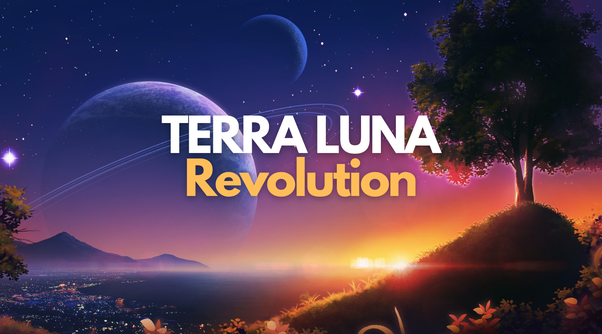Terra is a blockchain project developed by Terraform Labs that powers the startup’s cryptocurrencies and financial apps. These cryptocurrencies include the Terra U.S. Dollar, or UST, that is pegged to the U.S. dollar through an algorithm.
Terra is a stablecoin that is intended to reduce the volatility endemic to cryptocurrencies like Bitcoin. Some stablecoins, like Tether, are pegged to more conventional currencies, like the U.S. dollar, through cash and cash equivalents as opposed to an algorithm and associated reserve token.
What is Luna?
To mint new UST tokens, a percentage of another digital token and reserve asset, Luna, is “burned.” If the demand for UST rises with more people using the currency, more Luna will be automatically burned and diverted to a community pool. That balancing act is supposed to help stabilize the price, to a degree.
Luna directly benefits from the economic growth of the Terra economy, and it suffers from contractions of the Terra coin.
Each time someone buys something using UST, that transaction generates a fee, similar to a credit card transaction. That fee is then distributed to people who own Luna tokens, similar to a stock dividend.
Founders of Terra:
The South Korean firm Terraform Labs was founded in 2018 by Daniel Shin and Kwon, who is now the company’s CEO. Kwon is a 29-year-old former Microsoft employee; Shin now heads the Chai online payment service, a Terra partner.
Vision of Terra:
Terraform Labs plans to use Terra’s blockchain and its associated cryptocurrencies—including one pegged to the Korean won—to create a digital financial system independent of major banks and fintech-app makers.
Other projects of Terra:
In addition to cryptocurrencies, Terraform Labs has a number of other projects.
- Anchor app, a high-yield savings account for holders of the group’s digital coins.
- Synthetic Financial Assets:
- Which mimic more conventional ones, like “tokenized” representations of corporate stocks. These synthetic assets are supposed to be helpful to people like a small retail trader in Korea who can more easily buy shares and get some exposure to the upside of stocks that they otherwise wouldn’t have been able to obtain
Geographical usage of Terra:
Most financial transactions involving Terra-related cryptocurrencies have originated in Korea, where its founders are based. Although Terra is becoming more popular in Korea thanks to rising interest in its partner Chai, it’s too early to say whether Terra-related currencies will gain traction in other countries.
Advantages of Terra over other blockchains:
Terra’s blockchain runs on a “limited number of nodes,” computers that help keep the system running. That helps reduce latency that may otherwise slow processing of financial transactions.
Disadvantages of Terra Blockchain:
The tradeoff of kess is that Terra is less “decentralized” than other blockchain platforms like Ethereum, which is powered by thousands of interconnected computing nodes worldwide. That could make Terra less appealing to some blockchain purists.
How Terra Network is secured?
The Terra blockchain is secured using a proof of stake consensus algorithm based on Tendermint, in which LUNA token holders stake their tokens as collateral to validate transactions, receiving rewards in proportion to the amount of LUNA staked.
